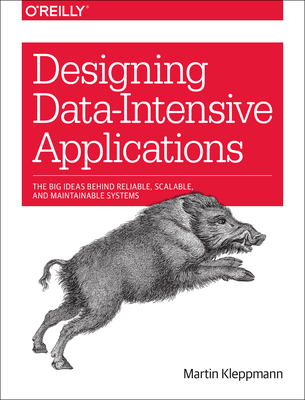10969: Active Directory Services with Windows Server Training in Maple Grove
|
We offer private customized training for groups of 3 or more attendees.
|
||
Course Description |
||
| Get hands-on instruction and practice administering Active Directory
technologies in Windows Server 2012 and Windows Server 2012 R2 in this
5-day Microsoft Official Course. You will learn the skills you need to
better manage and protect data access and information, simplify
deployment and management of your identity infrastructure, and provide
more secure access to data from virtually anywhere. You will learn how
to configure some of the key features in Active Directory such as Active
Directory Domain Services, Group Policy, Dynamic Access Control, Work
Folders, Workplace Join, Certificate Services, Rights Management
Services and Federation Services, as well as integrating your on premise
environment with cloud based technologies such as Windows Azure Active
Directory. As part of the learning experience, you will perform hands-on
exercises in a virtual lab environment. NOTE: This course is based on
Windows Server 2012 and Windows Server 2012 R2. This course is designed
for experienced IT professionals who support medium to large enterprises
and have fundamental knowledge and experience administering Active Directory
Course Length: 5 Days
Course Tuition: $2250 (US) |
||
Prerequisites |
|
| This course is intended for Information Technology (IT) professionals who have Active Directory Domain Services (AD DS) experience and are looking for a single course that will further develop knowledge and skills using Access and Information Protection technologies in Windows Server 2012 and Windows Server 2012 R2. This would typically include: AD DS administrators who are looking to further develop skills in the latest Access and Information Protection technologies with Windows Server 2012 and Windows Server 2012 R2. System or Infrastructure administrators with general AD DS experience and knowledge who are looking to build upon that core knowledge and cross-train into advanced Active Directory technologies in Windows Server 2012 and Windows Server 2012 R2 IT Professionals who have taken the 10967A: Fundamentals of a Windows Server Infrastructure course and are looking to build upon that Active Directory knowledge. | |
Course Outline |
|
Module 1: Overview of Access and Information Protection |
Course Directory [training on all levels]
- .NET Classes
- Agile/Scrum Classes
- AI Classes
- Ajax Classes
- Android and iPhone Programming Classes
- Blaze Advisor Classes
- C Programming Classes
- C# Programming Classes
- C++ Programming Classes
- Cisco Classes
- Cloud Classes
- CompTIA Classes
- Crystal Reports Classes
- Design Patterns Classes
- DevOps Classes
- Foundations of Web Design & Web Authoring Classes
- Git, Jira, Wicket, Gradle, Tableau Classes
- IBM Classes
- Java Programming Classes
- JBoss Administration Classes
- JUnit, TDD, CPTC, Web Penetration Classes
- Linux Unix Classes
- Machine Learning Classes
- Microsoft Classes
- Microsoft Development Classes
- Microsoft SQL Server Classes
- Microsoft Team Foundation Server Classes
- Microsoft Windows Server Classes
- Oracle, MySQL, Cassandra, Hadoop Database Classes
- Perl Programming Classes
- Python Programming Classes
- Ruby Programming Classes
- Security Classes
- SharePoint Classes
- SOA Classes
- Tcl, Awk, Bash, Shell Classes
- UML Classes
- VMWare Classes
- Web Development Classes
- Web Services Classes
- Weblogic Administration Classes
- XML Classes
- RED HAT ENTERPRISE LINUX SYSTEMS ADMIN II
8 December, 2025 - 11 December, 2025 - Introduction to Spring 6, Spring Boot 3, and Spring REST
15 December, 2025 - 19 December, 2025 - ASP.NET Core MVC (VS2022)
24 November, 2025 - 25 November, 2025 - Object Oriented Analysis and Design Using UML
20 October, 2025 - 24 October, 2025 - VMware vSphere 8.0 Skill Up
27 October, 2025 - 31 October, 2025 - See our complete public course listing






